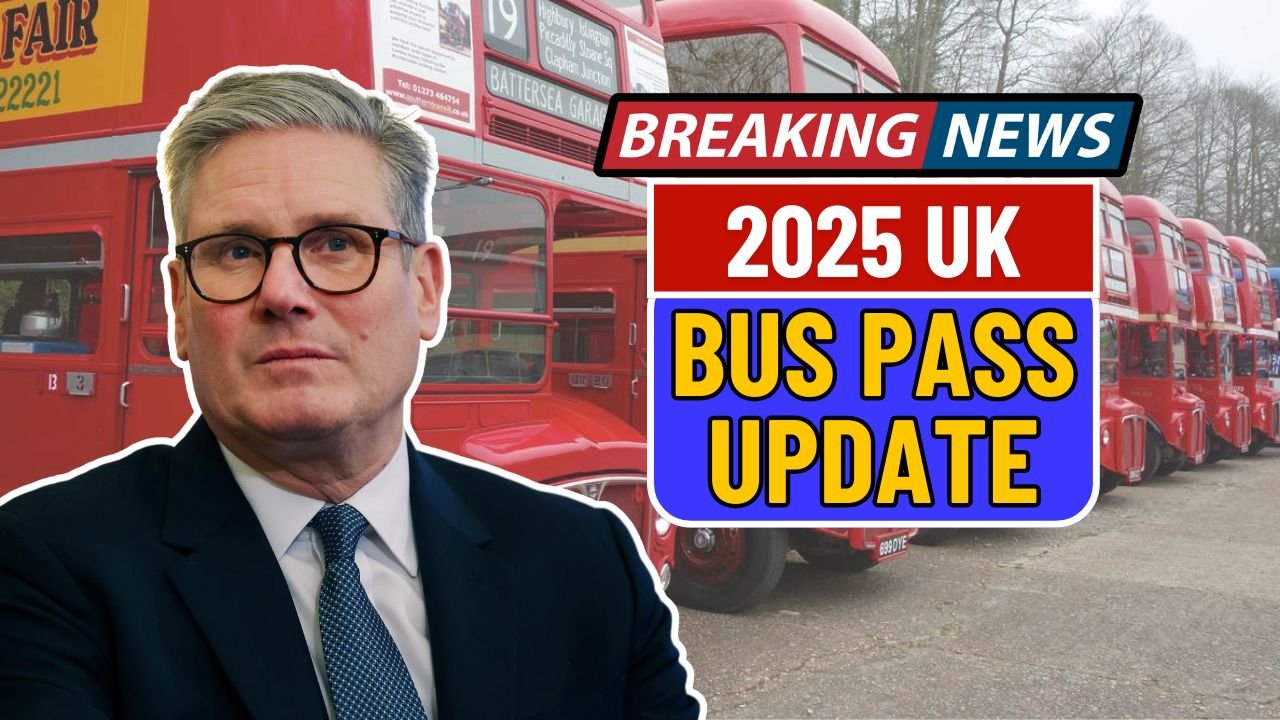Retirement has long symbolized financial freedom and peace after years of work. Yet for many Americans, this vision is increasingly uncertain. Rising living expenses, student loans, housing costs, and healthcare challenges have left millions financially unprepared for retirement. The growing retirement savings gap reflects a troubling imbalance between what people need for a comfortable retirement and what they actually have saved.
Table of Contents
Understanding the Retirement Savings Gap
The retirement savings gap represents the difference between expected retirement needs and current savings levels. Financial experts often recommend saving 10 times one’s annual income by age 67 to maintain a stable lifestyle. However, surveys show that most Americans fall short of this target, raising concerns about financial security in later life.
Current State of Retirement Savings in the U.S.

| Category | Statistics | Implication |
|---|---|---|
| Households with No Savings | Nearly 25% of Americans | Many face full reliance on Social Security |
| Median Savings for Ages 55-64 | Under $120,000 | Provides less than $1,000 monthly for 15 years |
| Social Security Replacement Rate | Around 40% of prior income | Below the recommended 70–80% |
| Reliance on Social Security | Nearly half of retirees | Dependent for over half of total income |
These numbers highlight a major issue: retirement readiness in the U.S. varies sharply by income, gender, and access to employer-sponsored plans.
Why the Savings Gap Exists
Several social and economic trends have widened the savings gap. Pensions that once guaranteed lifetime income have largely been replaced by self-directed plans like 401(k)s, shifting the burden to individuals. Millions of workers, especially in small businesses and gig jobs, lack retirement plan access altogether. Rising costs of housing, healthcare, and education make consistent saving difficult. In addition, many Americans carry debt well into middle age, leaving little room for retirement contributions.
How Americans Are Saving for Retirement
Many workers are adopting new strategies and tools to prepare for financial independence after retirement.
- Employer-sponsored 401(k) and 403(b) plans encourage consistent saving with automatic enrollment features
- Individual Retirement Accounts (IRAs) help those without workplace plans build long-term savings
- Catch-up contributions allow older workers to save more as they near retirement age
- State-facilitated retirement programs are expanding access for employees without employer plans
- Financial education initiatives are helping improve saving habits and awareness
The Impact of the Retirement Savings Gap
The shortfall in savings affects not only individuals but also the broader economy and future generations. Social Security faces increasing strain as more retirees depend heavily on it. Many workers plan to delay retirement or continue working part-time to sustain income. Without sufficient savings, the risk of senior poverty grows, placing financial pressure on families and public resources alike.
Efforts to Close the Gap
| Approach | Description | Objective |
|---|---|---|
| Policy Reforms | Expanding access to tax-advantaged accounts and strengthening Social Security | Improve national retirement readiness |
| Employer Initiatives | Offering student loan repayment matching and phased retirement options | Encourage consistent contributions |
| Personal Financial Planning | Diversifying investments and saving early | Build individual financial resilience |
These combined efforts aim to strengthen the nation’s retirement system and help future retirees achieve greater stability.
Looking Ahead
The retirement savings gap remains a major challenge for the United States. While progress has been made through automatic enrollment and new state programs, millions still face uncertainty about their financial future. Closing the gap will require cooperation among policymakers, employers, and individuals alike. For workers, starting early, saving regularly, and managing debt remain the most effective steps toward long-term financial security.
Frequently Asked Questions
- What is the retirement savings gap?
It is the difference between what people have saved and what they will need to maintain their lifestyle in retirement. - Why is the gap growing?
The decline of pensions, rising living costs, and inconsistent access to retirement plans are major factors. - How much should I save for retirement?
Financial experts suggest having about 10 times your annual salary saved by age 67. - What programs help workers save more?
State auto-IRA programs and employer-sponsored 401(k) plans make saving easier through automatic enrollment. - Can Social Security alone cover retirement expenses?
No. Social Security typically replaces only around 40% of pre-retirement income, so personal savings are essential.



